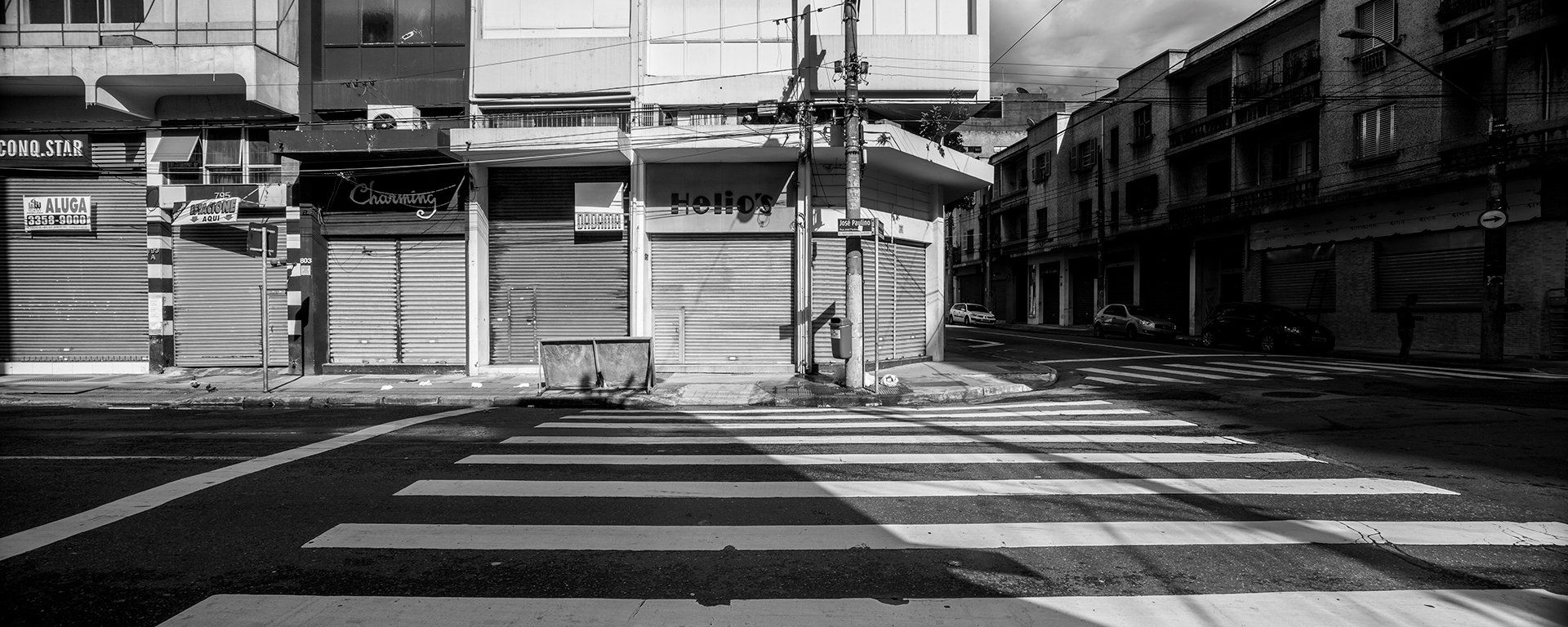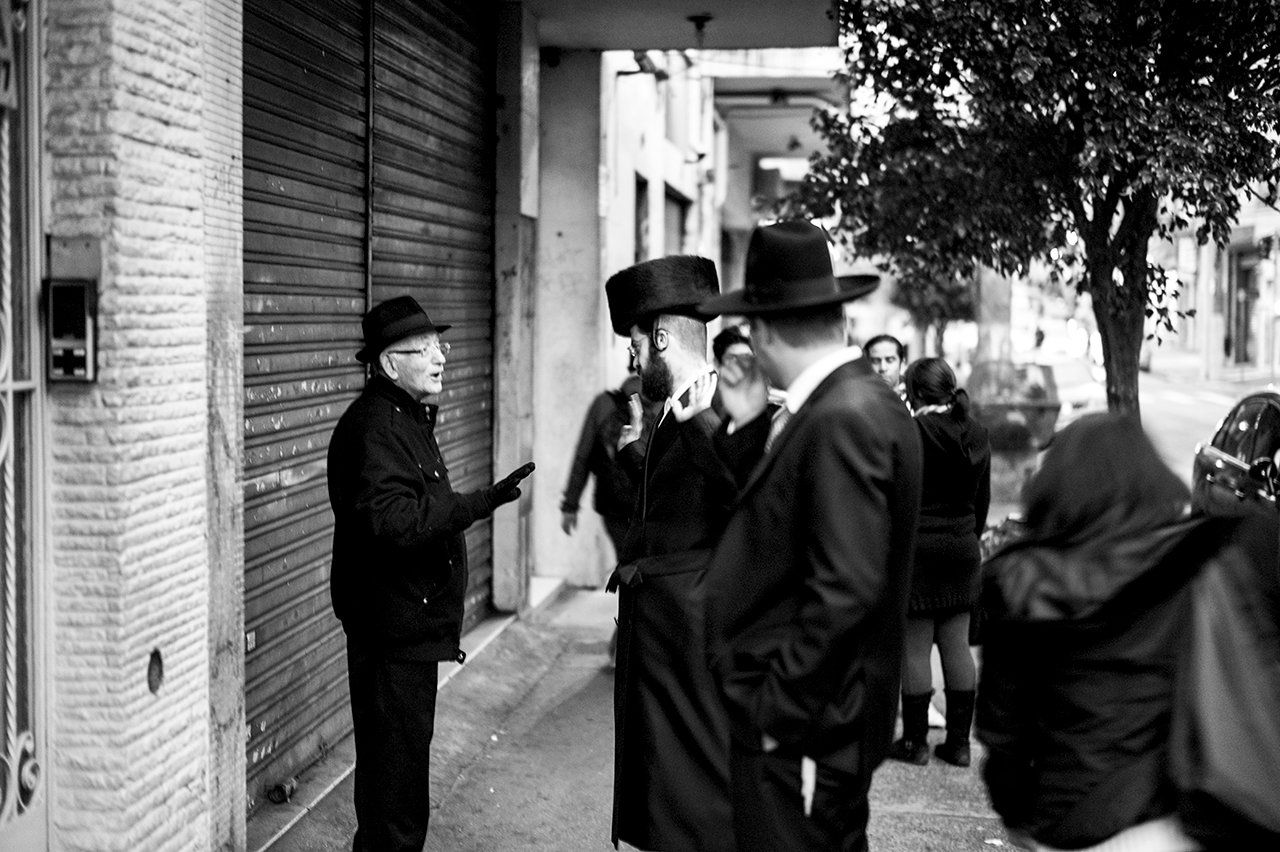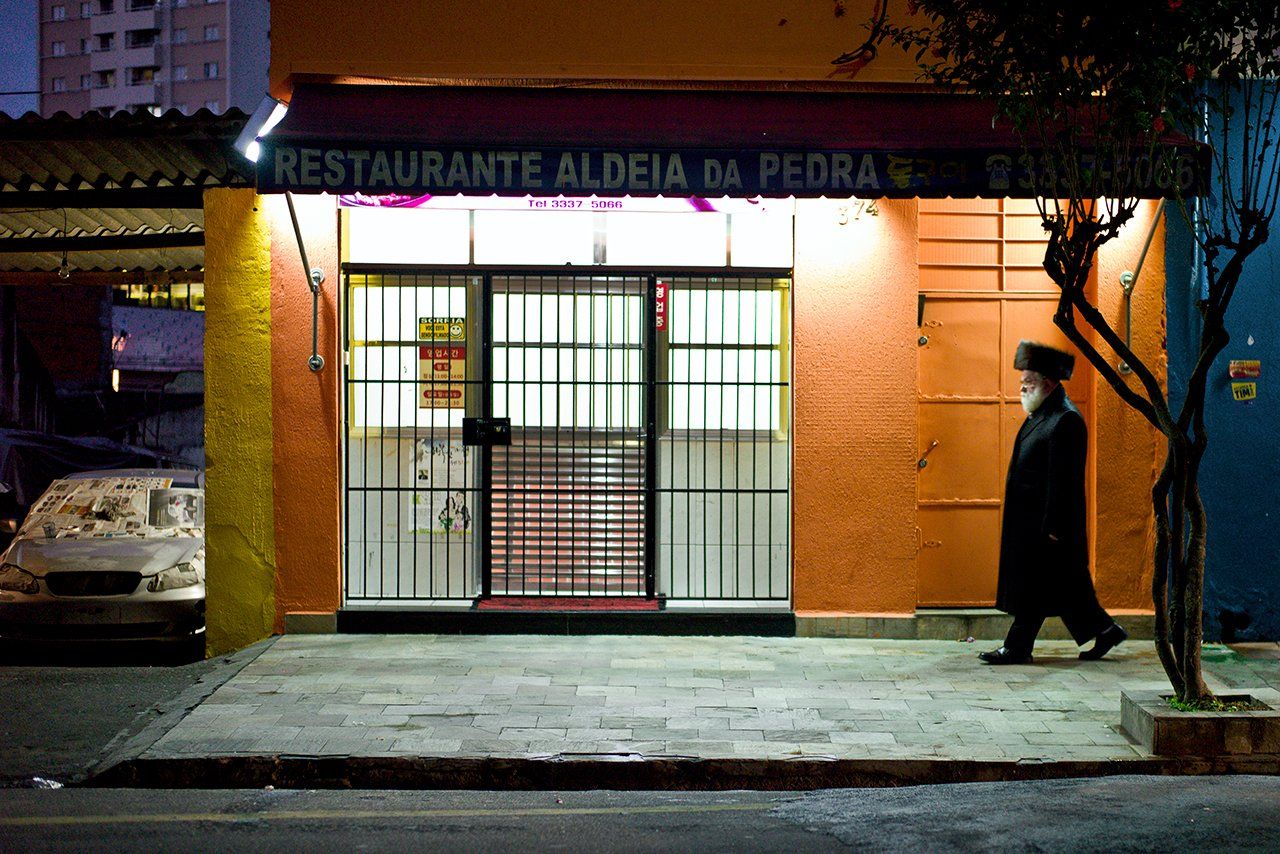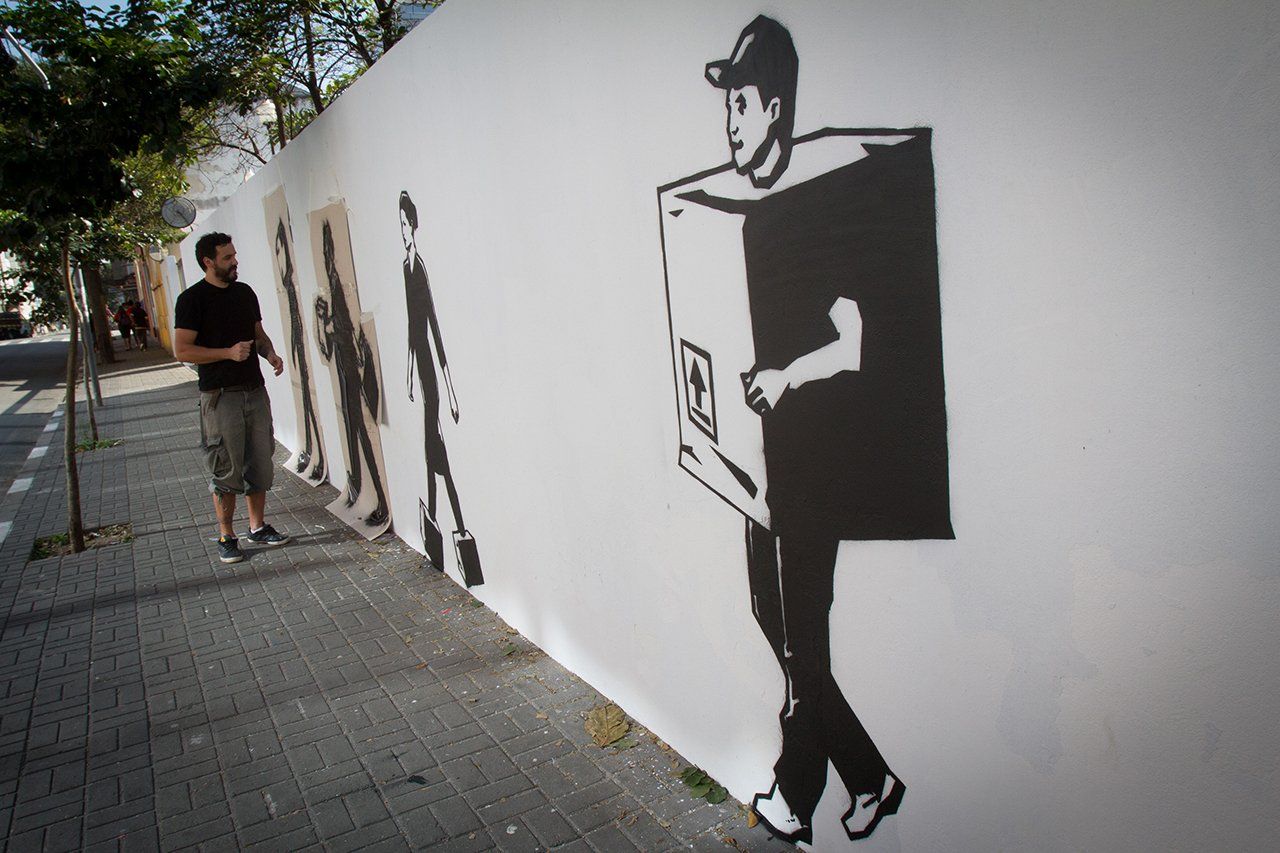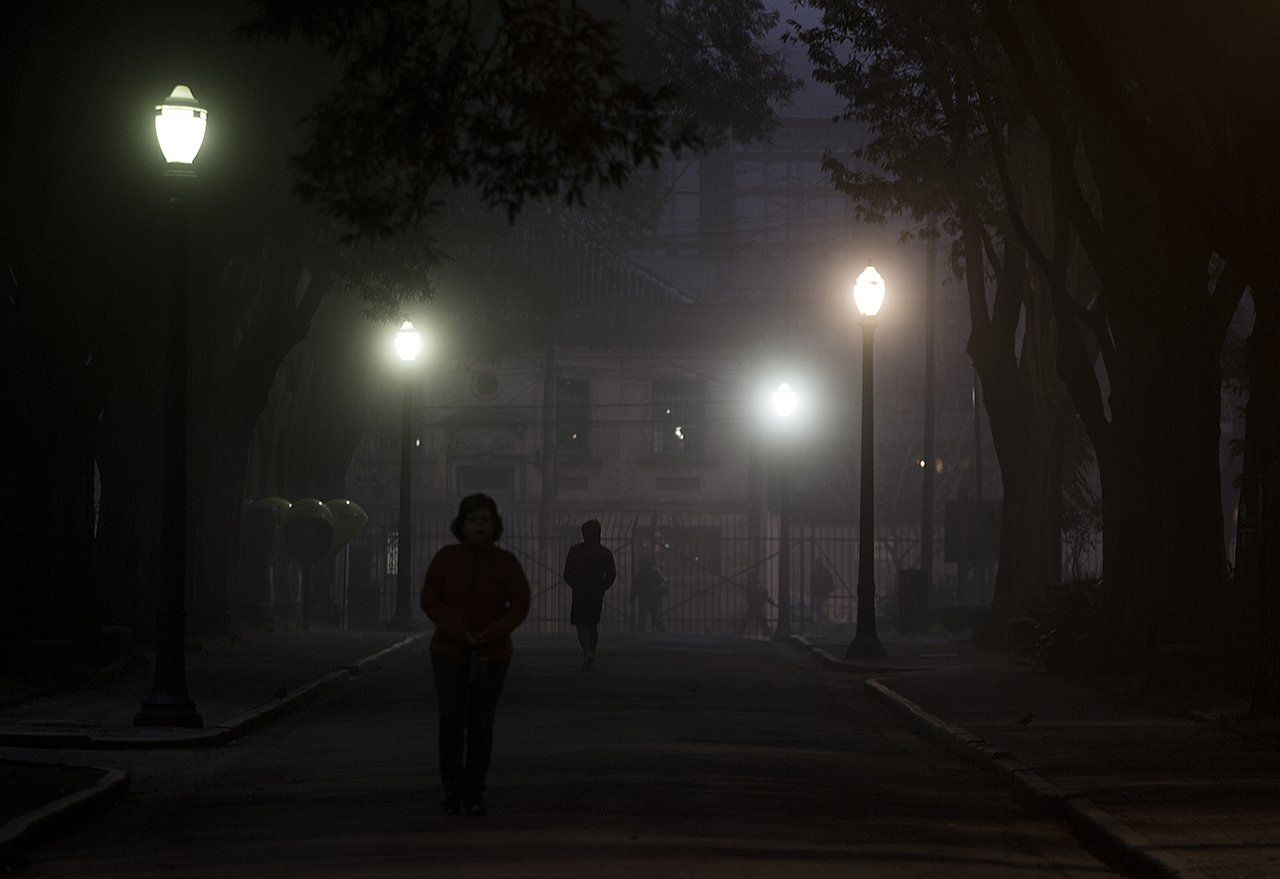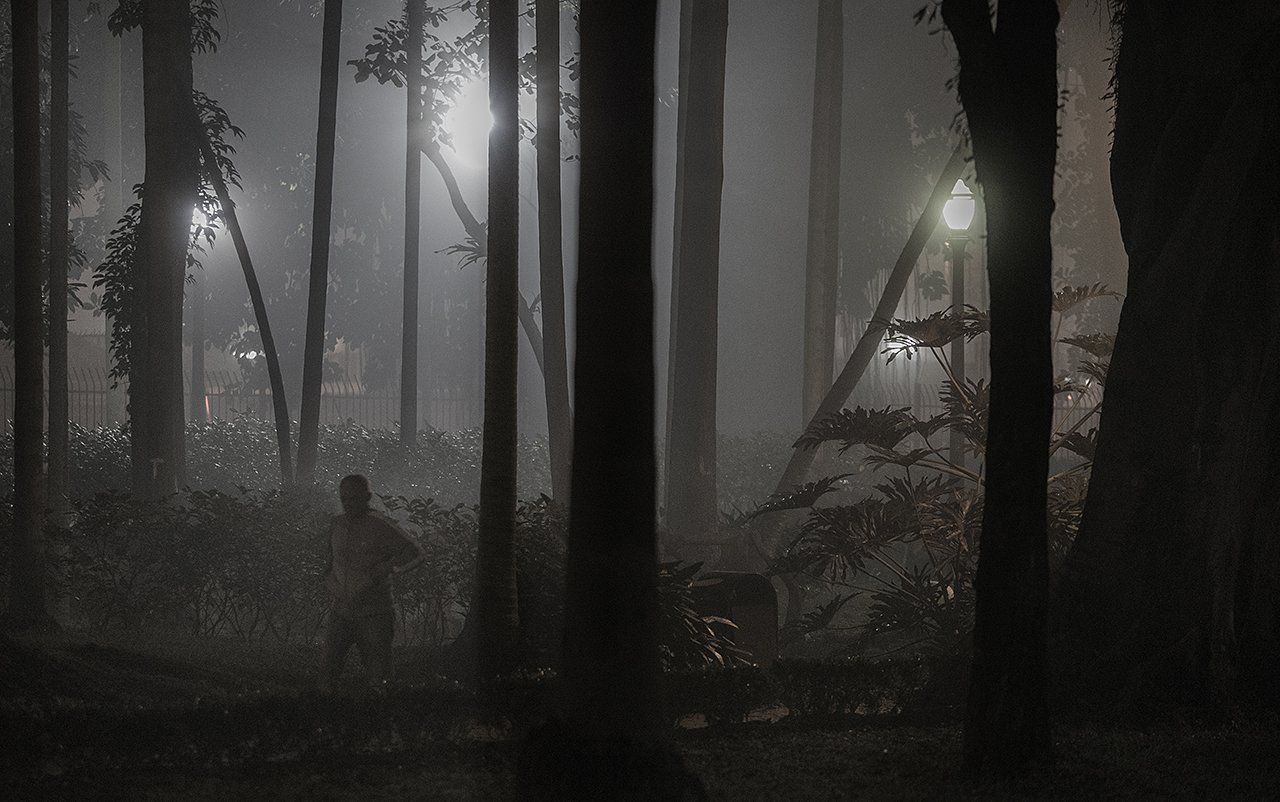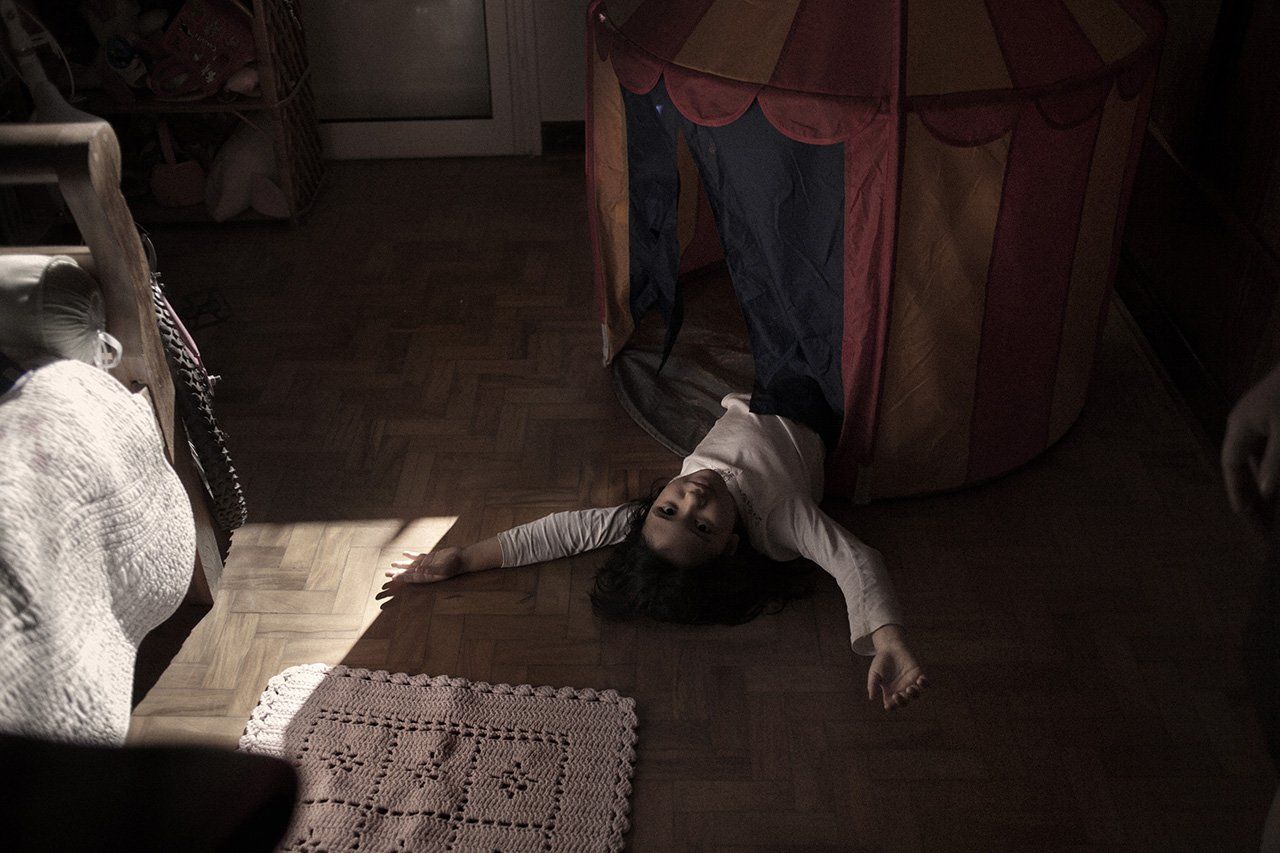BOM RETIRO E LUZ
From diverse looks, family albums, records, testimonies and interventions, the exhibition Bom Retiro e Luz: A Roadmap approaches the transformation and urban movement of these two neighborhoods taking this restlessness to emblematic places. SESC Bom Retiro becomes the epicenter of an expanded action that can also be seen in the bars of the Parque da Luz and the Pinacoteca do Estado, and in the streets of the region, marking the constant journey of an intense daily life. Photographers Bob Wolfenson, Cristiano Mascaro, Cia de Foto, Marlene Bergamo and the visual artist Alexandre Órion walked the various paths of the neighborhood between day and night, saw, heard and discovered details and situations to create a dialogue that brings even closer the two neighborhoods in their journey between homelands.
Initially conceived and exhibited at the Center for Jewish Culture, in 2011, the first edition of the show was based on the eponymous series made by photographer Cristiano Mascaro for the Pinacoteca of the State of São Paulo in 1976. These were the first photographs that entered the collection of the museum. At that time, we invited photographers Bob Wolfenson and Marlene Bergamo and the collective Cia de Foto to create an image and historical link related to the issues of urban memory and the flow of identities of the inhabitants and passers-by who live on the streets of the region. In this edition, specially designed for SESC Bom Retiro, once again the photographers are together - in unpublished series, alongside visual artist Alexandre Órion, who took his research started on the Metabiotic project for walls and facades. Beside all this imagery production, albums and documents of families residing in Bom Retiro / Luz reinforce this whole route between arrival, departure, permanence, history and memory.
Bom Retiro e Luz: A Roadmap is an exhibition about the most distinguished nationalities we have in our history. What links institutions, thoughts, words, images, pain and pleasure in Brazil where we continue our quest to know who we are, where we came from, where we are going.
Diógenes Moura and Benjamin Seroussi
Curators



